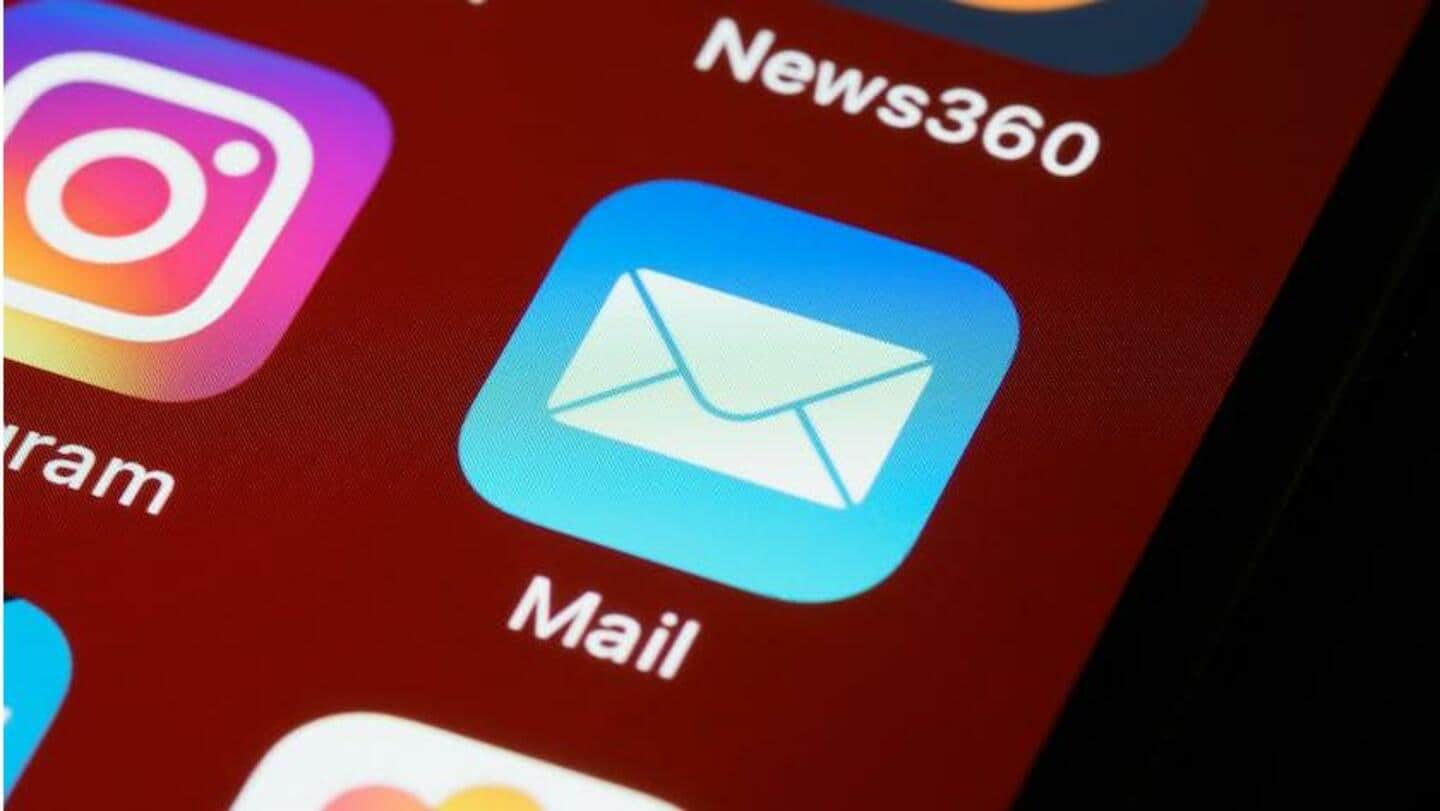
How to write emails like a pro
What's the story
Email is the most important channel for professional online communication.
One should be well-versed in the art of writing an email as it helps you set a lasting impression of your work etiquette, including how effectively you communicate.
A good workplace email should be concise, direct, and reader-friendly.
Follow these five simple steps to make sure your emails are professional.
Greetings
Begin with a salutation
Always open your email with a salutation, such as "Dear Sanjay."
If the relationship with your recipient is more formal, use their last name, e.g. "Dear Mr. Sinha."
For a casual greeting, simply say, "Hi Sanjay."
If you don't know the name of the person you are writing to, use "To whom it may concern," "Dear Madam/Sir," or simply "Good morning/afternoon/evening."
Core
Write the core email body
Make your intention clear early on in the email, and then move into the main text of your email.
For example, "This email is in reference to my job application at blah blah company", or "I have received my interview results and I am glad to embrace this opportunity."
Set the tonality of your message as per the relationship you share with the recipient.
Tone
Set the tonality
Being formal is the standard in the professional world and it helps avoid awkward situations.
By default, you should try to make your professional emails optimistic but not too excited.
Make sure you are respectful and not imposing authority while also being friendly but without being pushy or needy.
Your sentences must be grammatically correct and without any spelling errors.
Closing
Include a closing line
It never costs you a penny to thank your recipient one more time, before you send your email.
Add some polite closing remarks like, "Thank you for your patience and cooperation," and then follow up with, "If you have any questions or concerns, don't hesitate to let me know" and "I look forward to hearing from you."
Ending
End with a signature
There are more ways to end a professional email than to start it.
This last section includes your complete professional identification by name, your credentials, your phone number, and possibly, an alternative email address.
Ensure that you begin your signature with "Sincerely," "Best regards," or "Thank you."
Other popular professional email closing lines are - Regards, Cheers, Best, Kind regards, Yours sincerely, Sincerely yours.